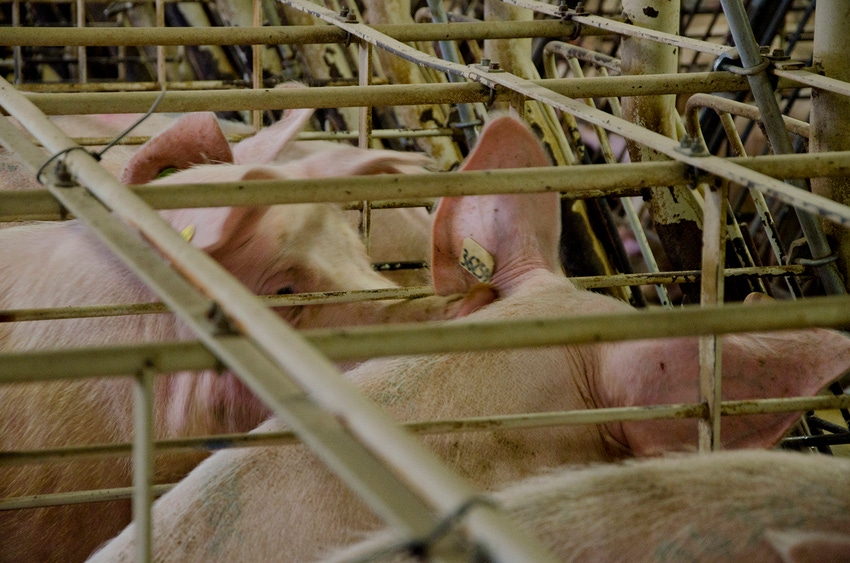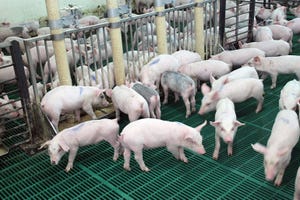To assist with the transition to electronic ID, USDA is ending the free metal tags program and instead offering a cost-share for electronic tags
September 25, 2018

Source: USDA
Today, USDA has released four overarching goals for advancing animal disease traceability to protect the long-term health, marketability and economic viability of the U.S. livestock industry.
“The landscape surrounding animal disease traceability has changed dramatically in the past decade, and producers across the nation recognize that a comprehensive system is the best protection against a devastating disease outbreak like foot-and-mouth disease” says Greg Ibach, Under Secretary for the U.S. Department of Agriculture’s Marketing and Regulatory Programs. “We have a responsibility to these producers and American agriculture as a whole to make animal disease traceability what it should be—a modern system that tracks animals from birth to slaughter using affordable technology that allows USDA to quickly trace sick and exposed animals to stop disease spread.”
USDA’s four goals for increasing traceability are:
Advance the electronic sharing of data among federal and state animal health officials, veterinarians and industry; including sharing basic animal disease traceability data with the federal animal health events repository.
Use electronic ID tags for animals requiring individual identification in order to make the transmission of data more efficient.
Enhance the ability to track animals from birth to slaughter through a system that allows tracking data points to be connected.
Elevate the discussion with states and industry to work toward a system where animal health certificates are electronically transmitted from private veterinarians to state animal health officials.
These goals reflect the core themes resulting from a State and Federal Animal Disease Traceability Working Group that developed 14 key points for advancing traceability. They are also in keeping with feedback APHIS received at stakeholder meetings held across the country to hear from industry and producers directly.
USDA recognizes that some sectors of the livestock industry have already invested a lot of infrastructure into developing their traceability programs. These new goals complement what those sectors are already doing, and will help increase traceability across the entire industry. USDA is committed to continued discussion and collaboration to ensure we coordinate traceability efforts across the country.
While electronic ID is critical for advancing traceability, it’s important to emphasize USDA will not dictate the use of a specific tag technology. Different industries prefer different tag types (low frequency vs. ultra high frequency) and choice will continue to be a cornerstone of USDA’s program, giving producers the ability to decide what works best for their operations. Not only will electronic ID allow animals to move more quickly through ports, markets and sales, it will also help ensure rapid response when a disease event strikes.
To assist with the transition to electronic ID, USDA is ending the free metal tags program and instead offering a cost-share for electronic tags. This is something stakeholders have repeatedly told us they need to help transition to electronic ID.
“Another key component of our plan is sharing a few key data elements from existing state and industry animal movement databases with our animal health events repository,” says Ibach. “That way, if an outbreak occurs, we can quickly find the information we need to locate and identify potentially diseased or at-risk animals. This helps avoid unnecessary quarantines that could impact producers’ livelihoods. And by linking to that information instead of housing it ourselves, we maintain our stakeholders’ privacy.”
USDA will begin implementing these ADT goals starting in fiscal year 2019.
You May Also Like



